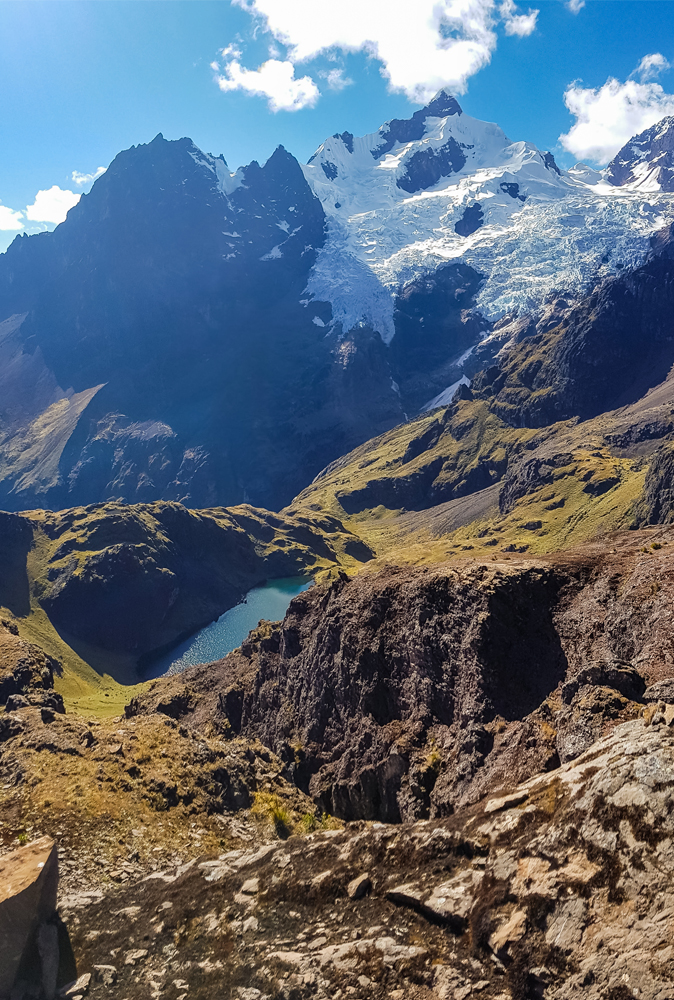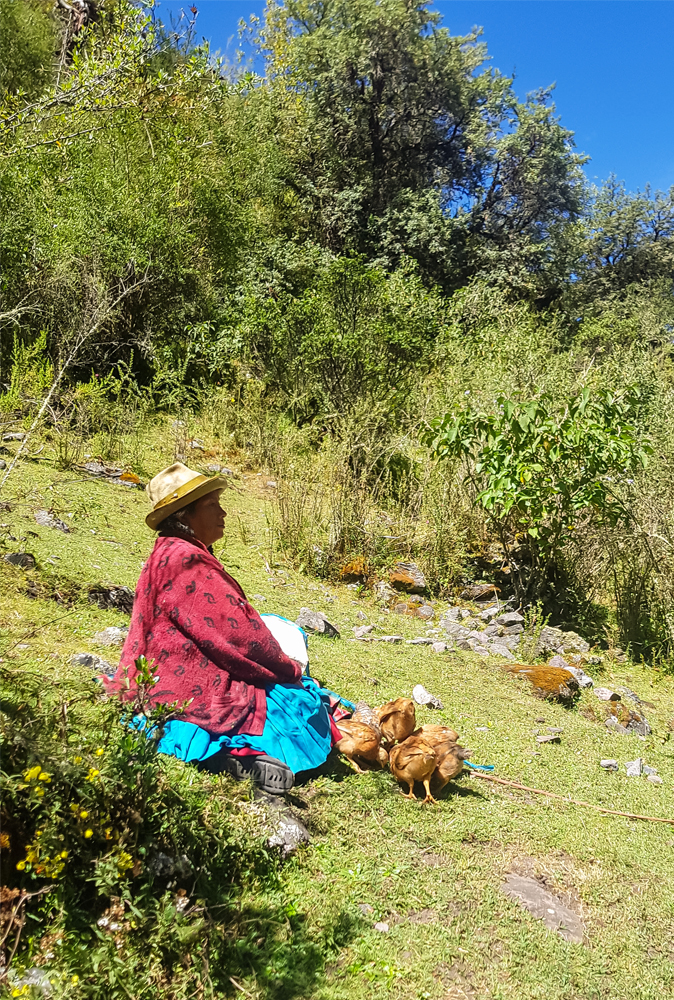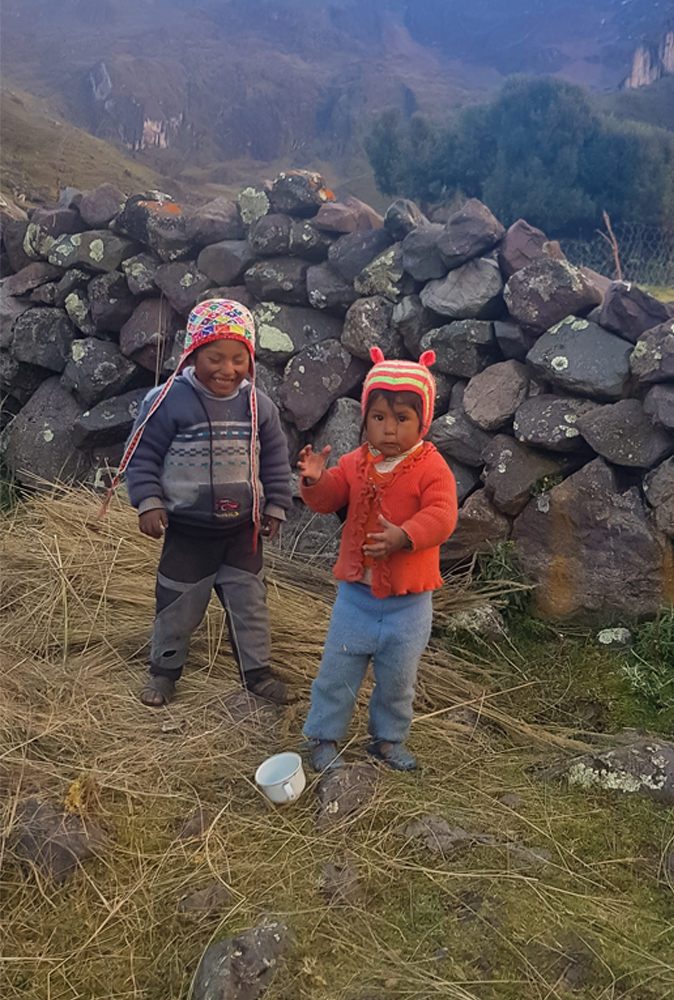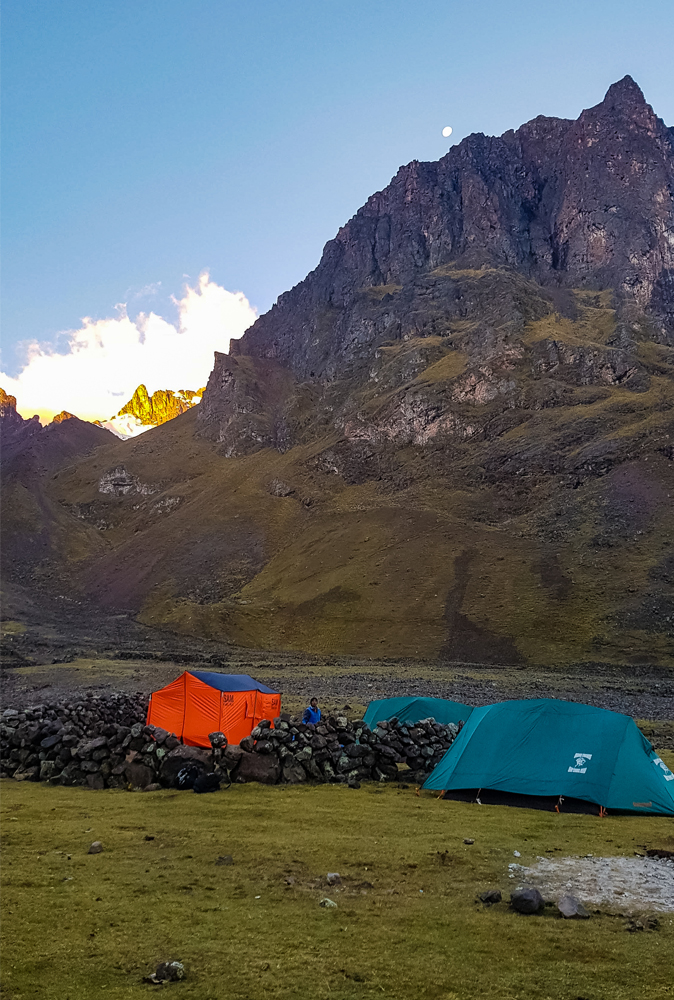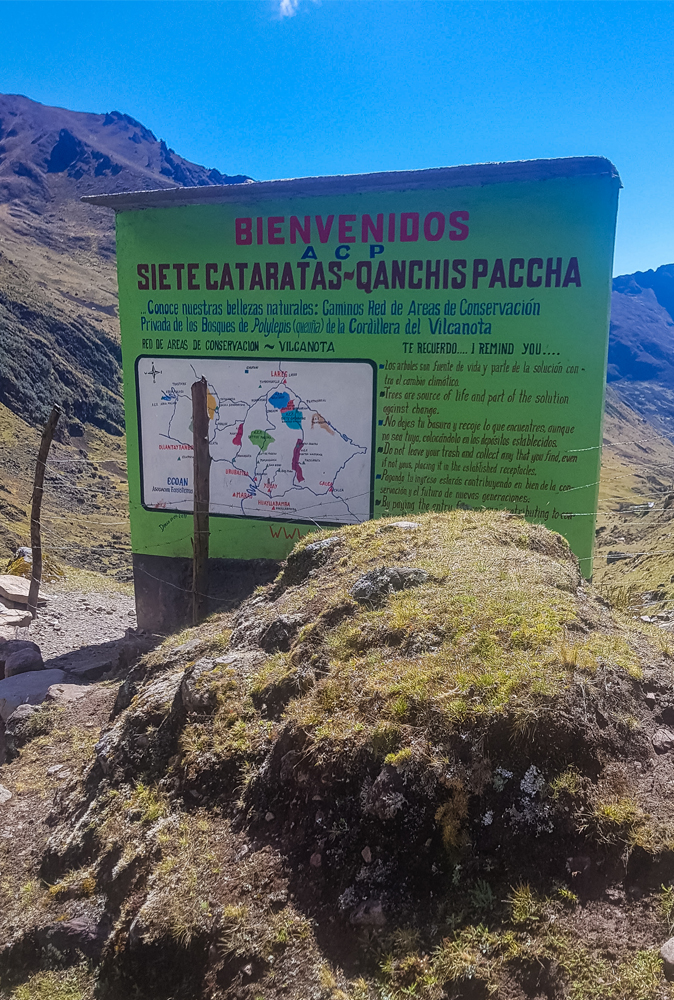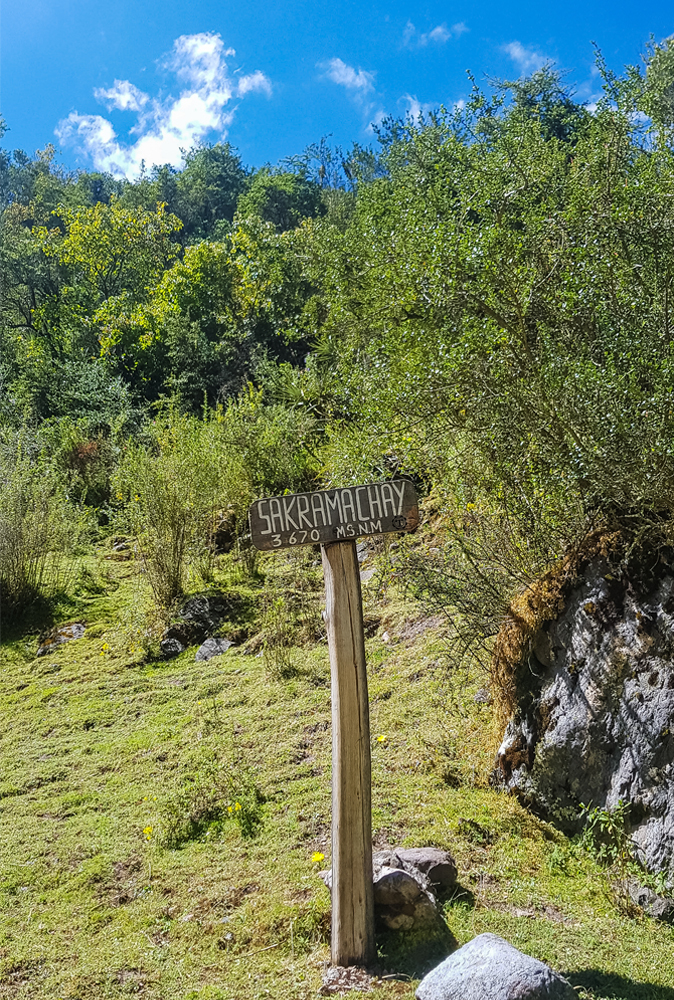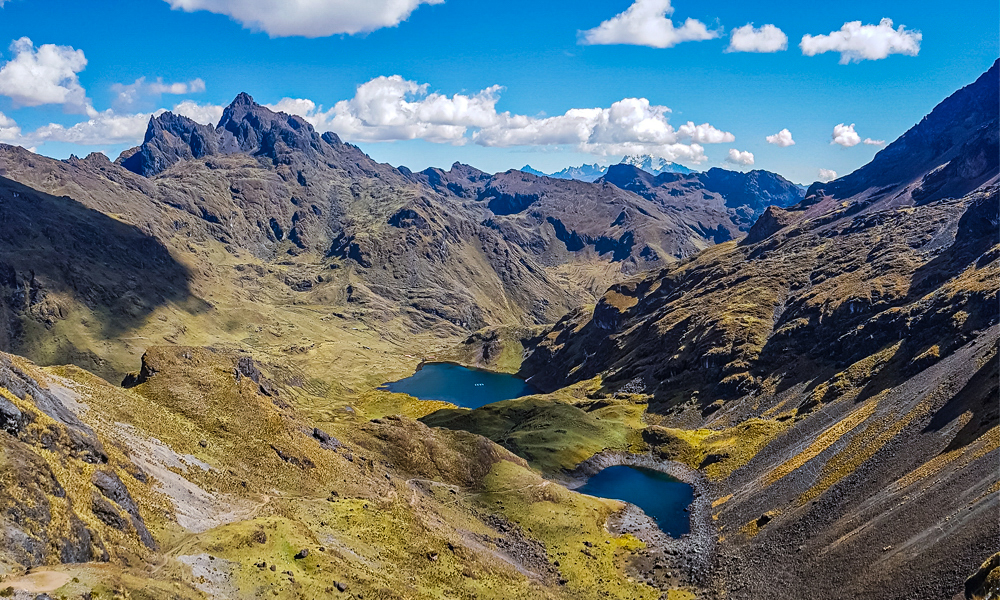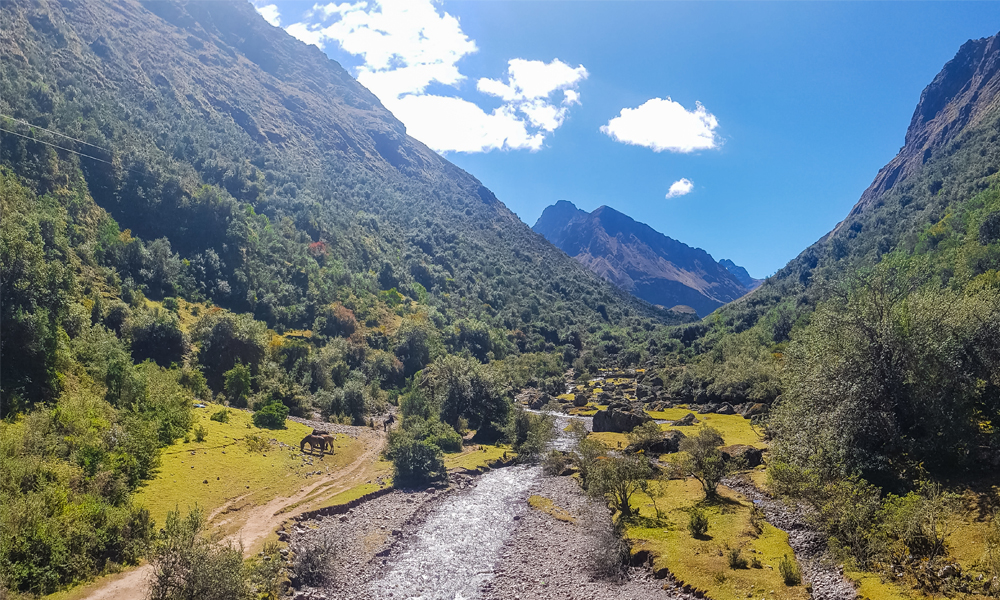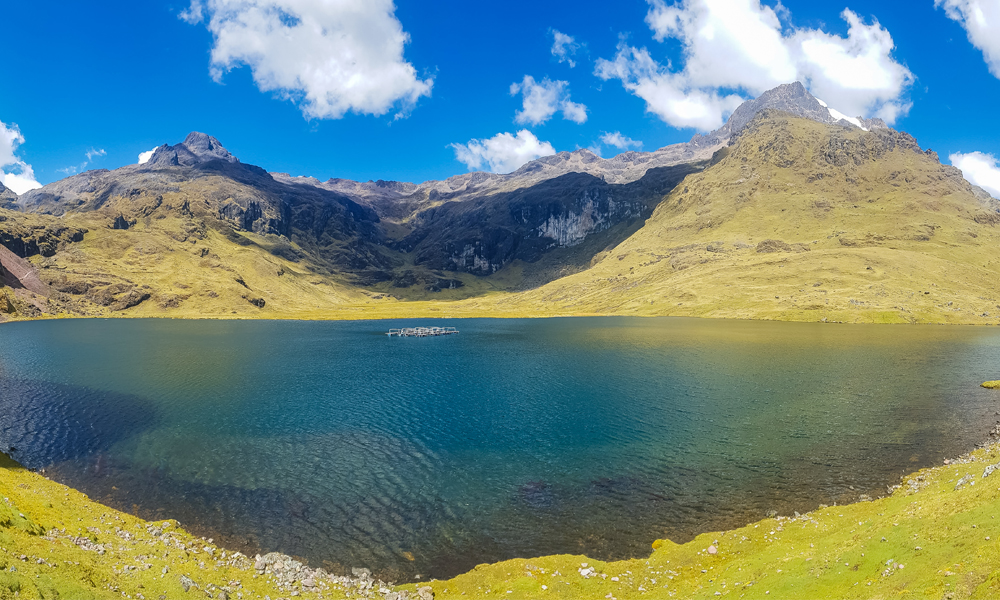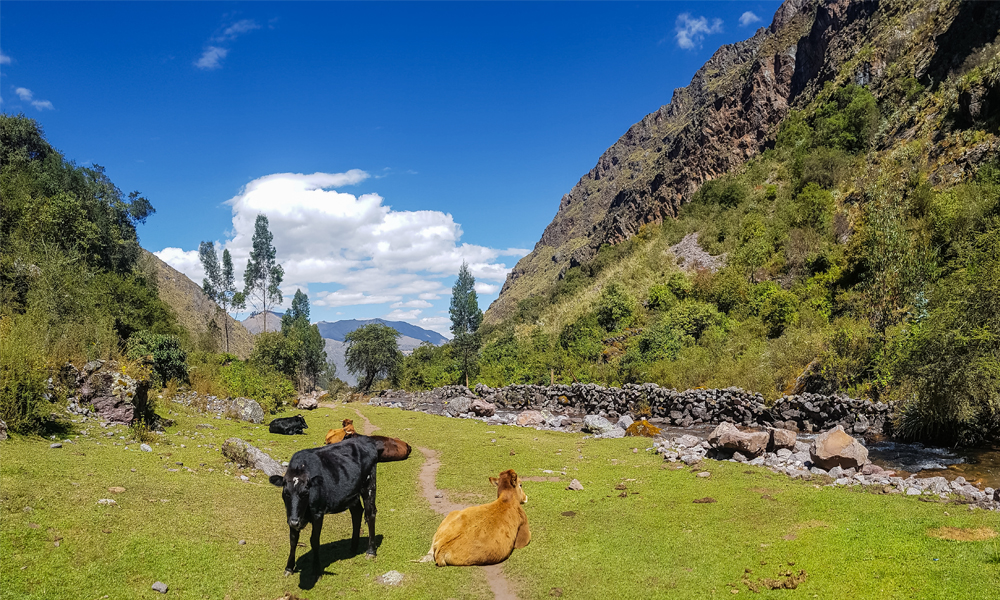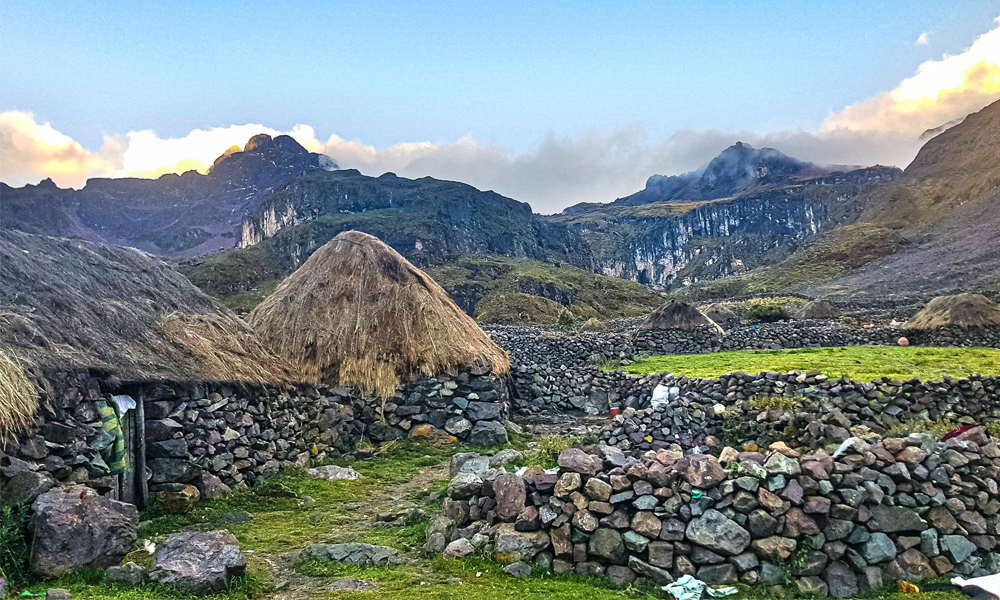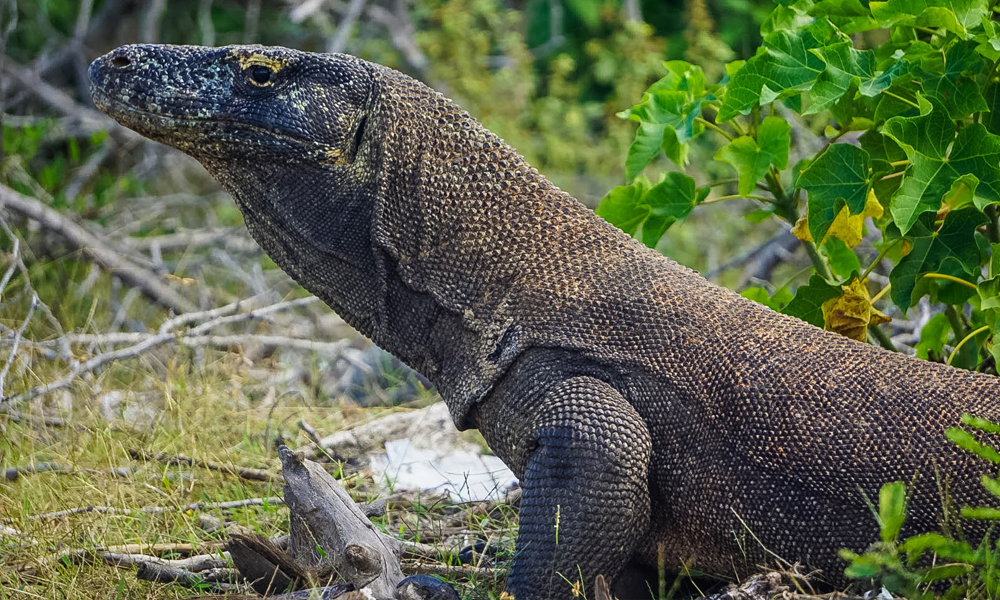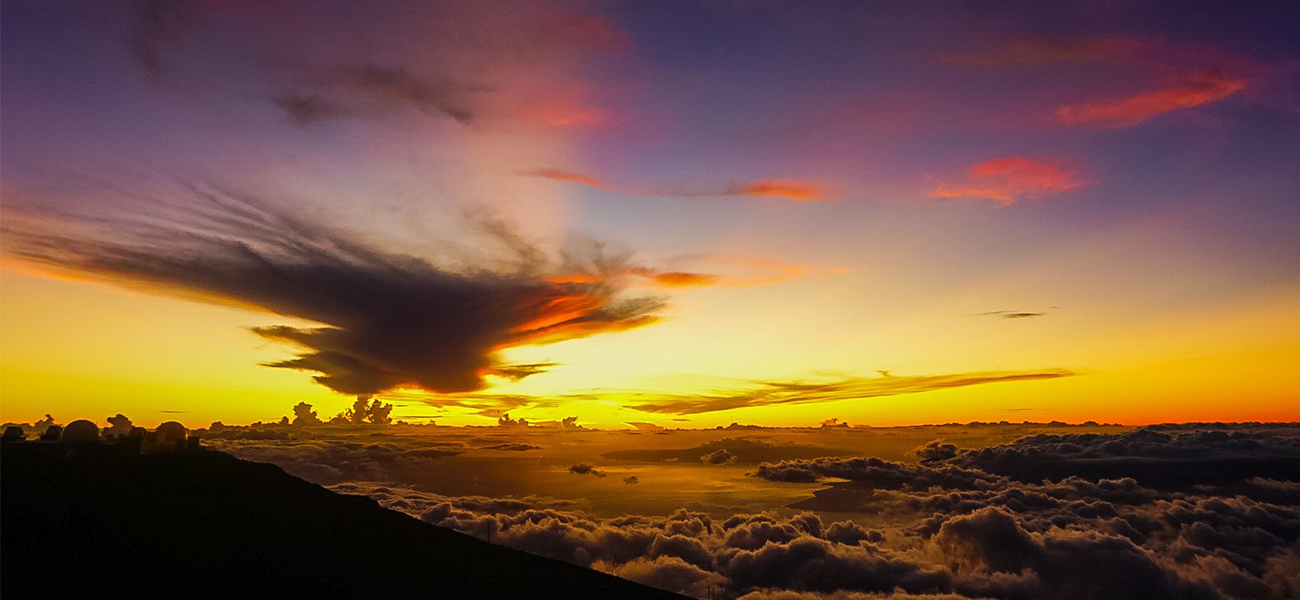With a maximum altitude of 3100m above sea level, the Lares hike offers view of stunning blue lakes surrounded by glacier topped mountains. We chose this as an alternative hike to Machu Picchu rather than the classic Inca Trial, as this offered us the opportunity to interact with the local Quechua communities, bring them food essentials and experience their way of living. It’s a less popular route for visitors so you’ll hardly see any other soul during the hike, unless you count alpacas!
May to August – During these months you’ll usually get warm weather during the day, up to 30°c. However, because of the high altitude, the nights can get freezing so you’ll need to make sure you’ve packed enough layers to get you through the night.
Eco Tip 16: Make a conscious effort to pick up rubbish if you see it. You’ll be doing good for the country and the earth will thank you for it.
Getting There
Where To Stay
Read more in related article: Staying in the Amazon Rainforest
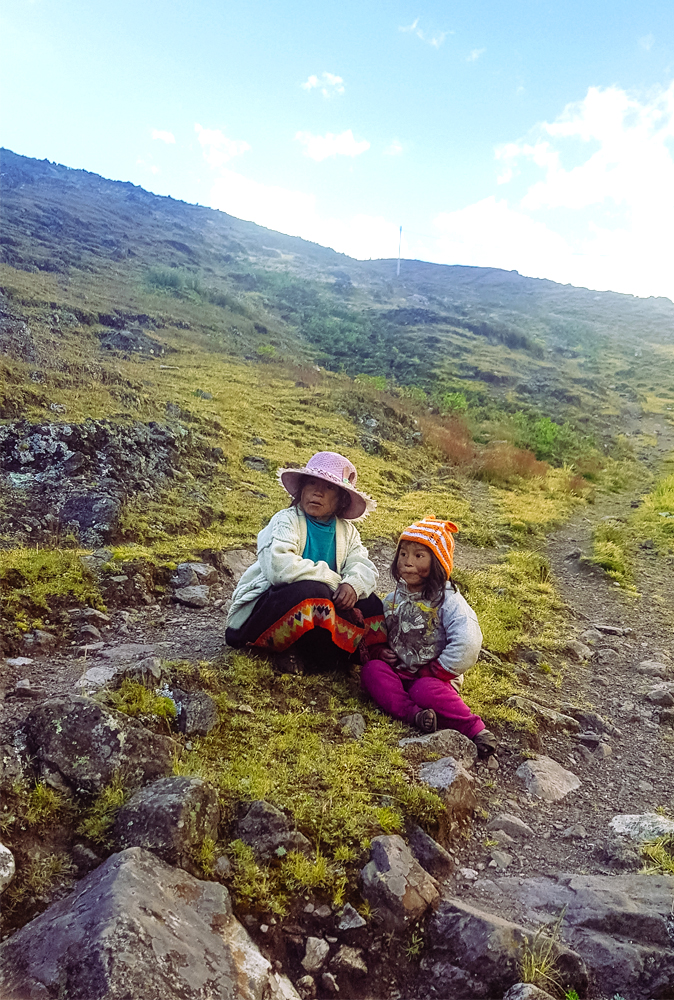
``Local Quechuan Kids``
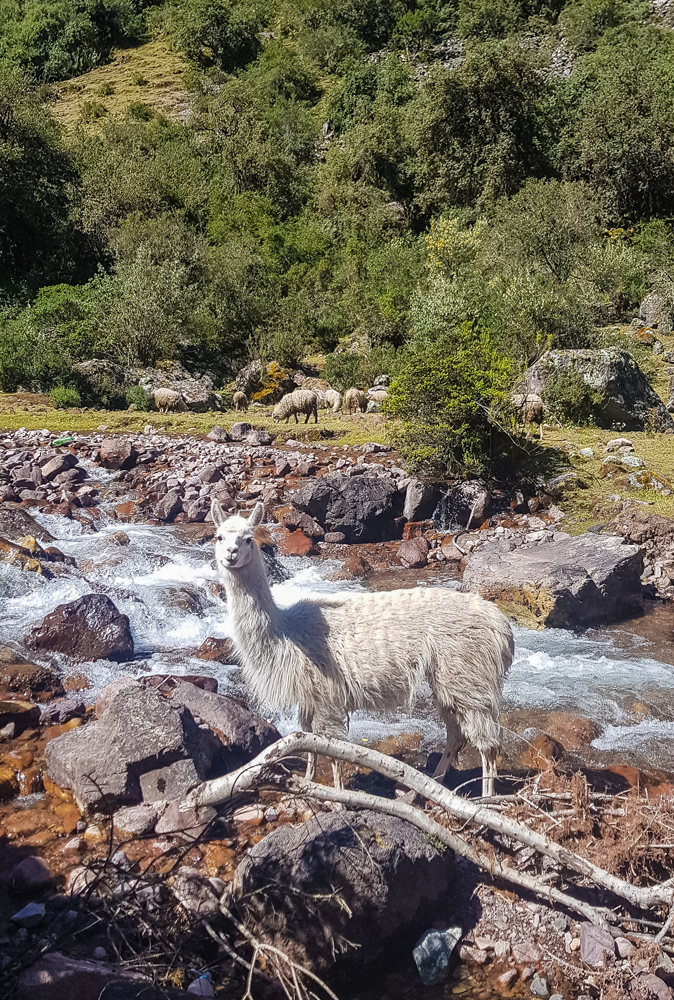
Alpacas - One of the most sustainable fabrics out there!
The Hike
